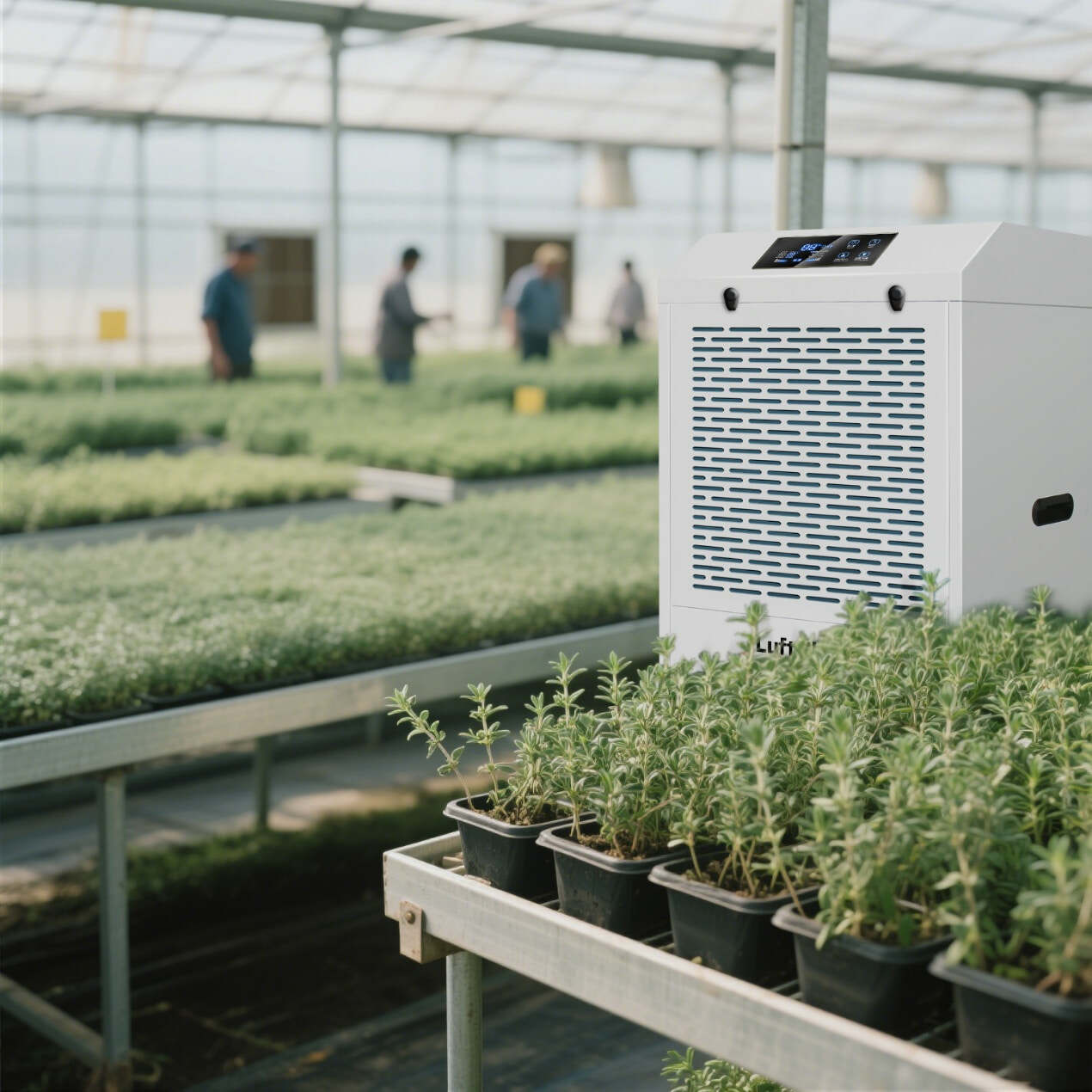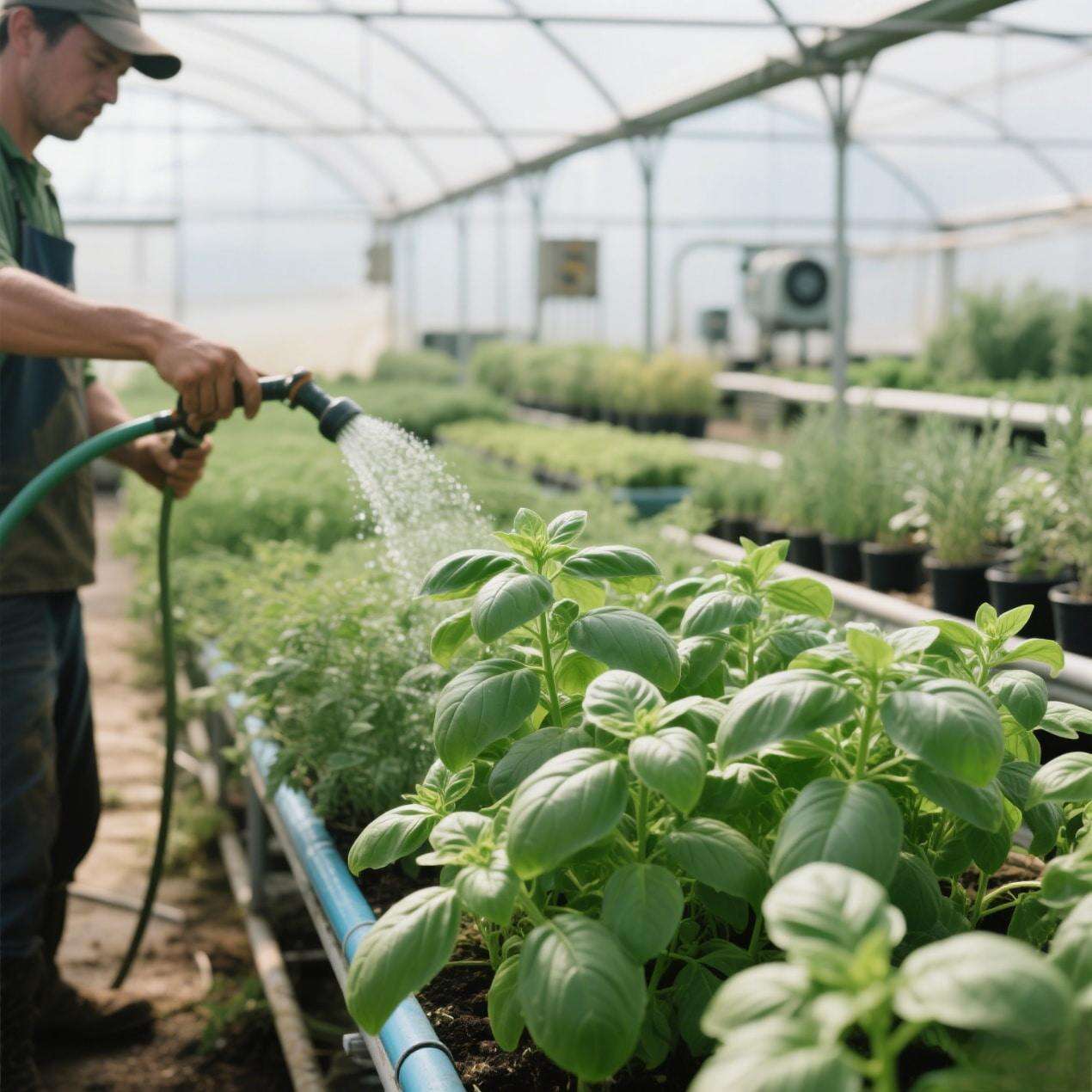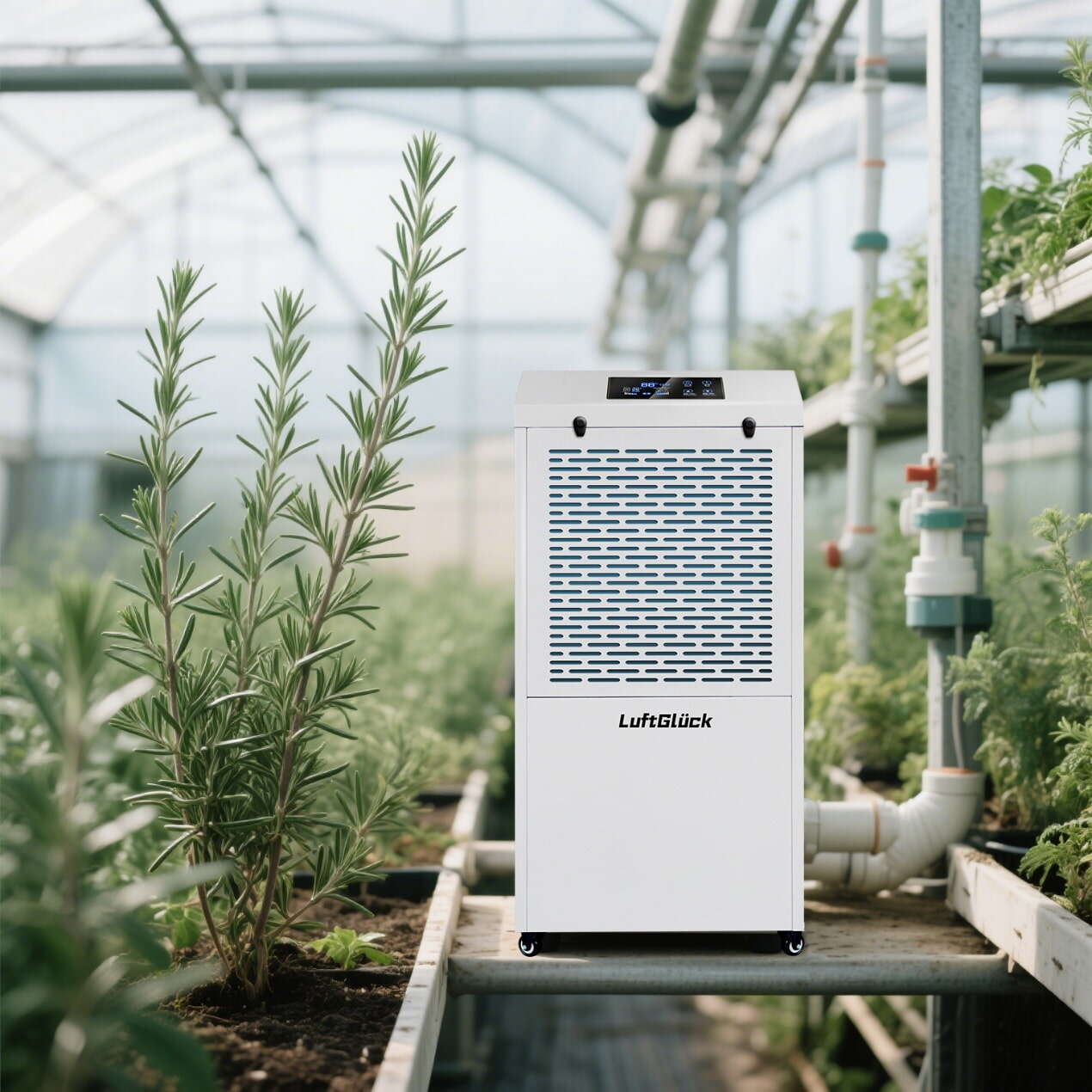
Standing in the organic farm of Hans, one of LuftGlück’s key customers in Bavaria, Germany, the farmer sighs as he gazes at the water droplets condensing on his greenhouse roof—this marks the third time this week that continuous rain has caused tomato seedling root rot. As one of Europe’s “vegetable baskets,” German agriculture faces an awkward reality: its temperate maritime climate, with mild winters and abundant rainfall, has become a double-edged sword for crop growth. Overcast skies and weak sunlight stifle photosynthesis; minimal day-night temperature fluctuations delay maturation; and high humidity allows fungal diseases to spread like an “invisible plague.”
Yet in recent years, Hans’s farm has become a “learning hub” for neighbouring growers. The constant temperature and humidity systems he introduced are quietly rewriting Germany’s “weather dependency” narrative.

Germany’s Agricultural «Weather Trap»: Can Good Climates Yield Poor Harvests?
Germany’s agricultural “advantages” are often misunderstood. While its temperate maritime climate brings mild winters and generous precipitation, these conditions mask hidden challenges:
“Farming used to feel like gambling with the weather,” says Hans, a key customer of LuftGlück. “Now we know: stable microclimates are the foundation of high yields.” His words capture the essence of Germany’s modern agricultural transformation.

Constant Temperature & Humidity Systems: Precision Control for «Climate-Controlled Farms»
In Hans’s farm, three intelligent climate control systems work around the clock to safeguard eight greenhouses:
Data tells the story: Since adopting the systems, Hans’s farm has seen annual tomato yields rise from 8 tonnes to 12 tonnes per acre (a 50% increase), cucumber marketable rates (blemish-free, well-shaped) jump from 65% to 90%, and grape colour uniformity reach 95% (up from 70%).
From «Weather-Dependent» to «Weather-Informed»: Redefining German Agriculture’s New Paradigm
In Germany’s farming circles, constant temperature and humidity systems have evolved beyond “equipment”—they are the “sensory endpoints” of precision agriculture and a “safety net” against climate uncertainty:
Better Harvests Start with «Breathing Climates»
Germany’s agricultural “weather trap” boils down to a mismatch between “natural variability” and “crop needs.” Constant temperature and humidity systems act like a “climate regulator” for farmland—they restore “sunny-strength” light to dim greenhouses, transform high-humidity environments into “disease-free zones,” and create “colour-accelerating zones” in short-summer heat.
From Hans’s farm to Germany’s broader agricultural regions, these systems are proving: modern agriculture isn’t about fighting nature—it’s about using technology to understand nature’s “temperament,” turning “weather-dependent farming” into “weather-informed cultivation.” After all, good harvests aren’t waited for; they’re “grown” in stable climates and “harvested” through precise control.
Precision climate response with temperature-humidity synchronization;
Energy-efficient and quiet (R410 refrigerant + heat recovery; low noise below 50 dB);
Plug-and-play modularity for easy retrofit or integration;
Certified to EU standards: CE, GS, ISO9001 compliant;
IoT-ready data interface for smart farm platforms and remote alerts.
In field applications, LuftGlück systems have helped reduce high-humidity windows by up to 30%, cut disease incidence by over 40%, and improved overall marketable crop rates.
As Europe builds a more sustainable agri-food chain, LuftGlück is committed to enabling climate-stable, data-driven production environments—from greenhouses to vertical farms.
 Hot News
Hot News2025-06-13
2025-03-10
2024-02-29
Copyright © 2025 China Glory & Achievement Suzhou Technology Co., Ltd. All rights reserved.